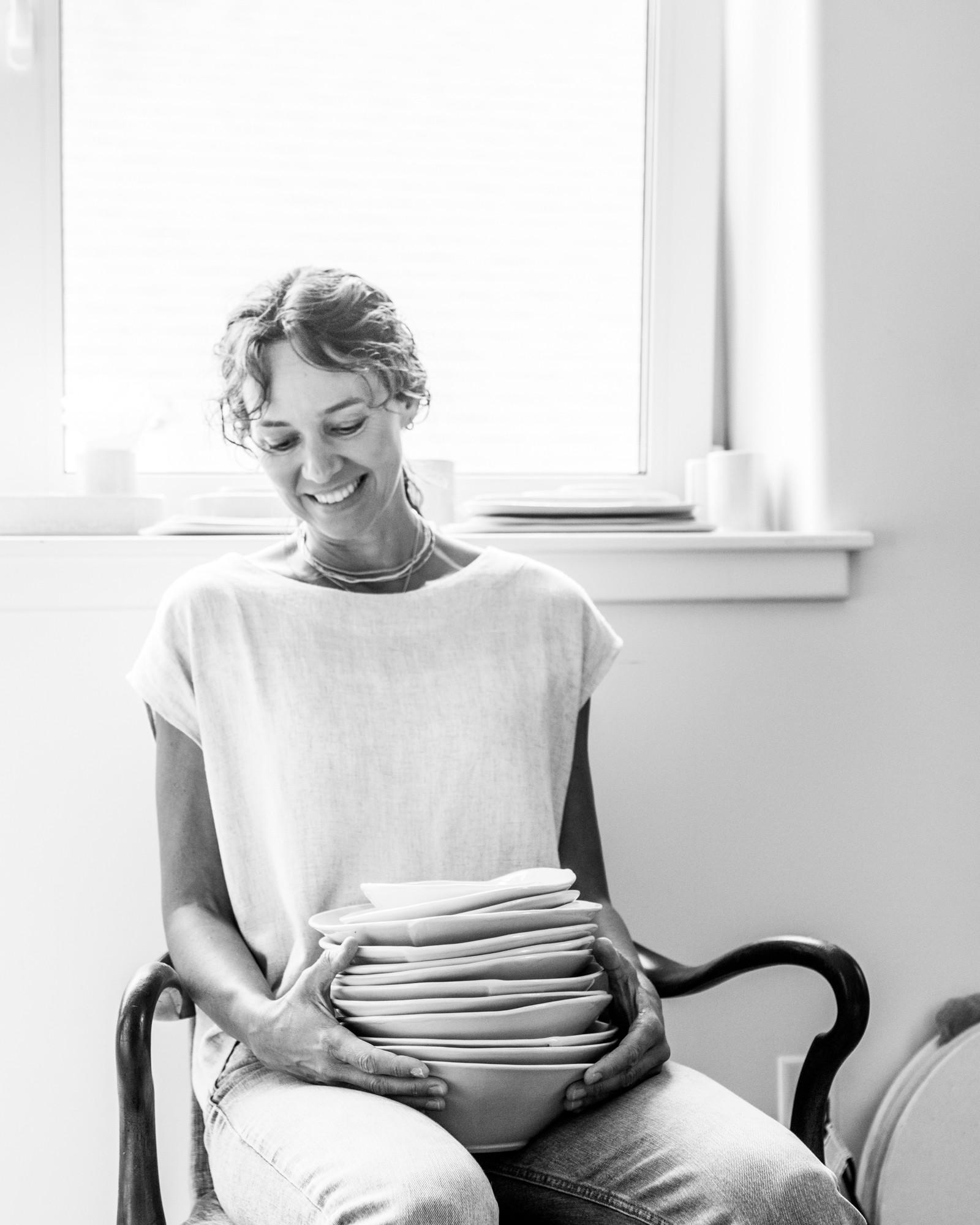We’re excited to introduce you to the always interesting and insightful Mimi Olins. We hope you’ll enjoy our conversation with Mimi below.
Mimi, looking forward to hearing all of your stories today. We’d love to hear about when you first realized that you wanted to pursue a creative path professionally.
Before starting SOFTSET ceramics in 2020, I taught visual art for 17 years, focusing on ceramics and sculpture. While majoring in ceramics in undergraduate art school, I knew I also wanted to explore teaching or service. Teaching ceramics and sculpture, building relationships with students, cultivating a caring studio for them to build skills in clay, and finding sanctuary from the rigor and hustle of their academic and social lives gave me purpose and joy. But I began to feel “extravert fatigue .”I could sense myself pulling away from the school bustle and needing to recharge. I took a semester off from teaching to play in my home studio and planned to return to the classroom in the spring. From the perch of my third-floor home studio, I created a cocoon and melted deeply into my introverted nature. I wandered freely with clay, walked in my neighborhood, read and wrote poems, and practiced yoga. In this space, I found the courage to depart from the stability and structure of teaching and stay in my studio full-time. I remained in the studio, said goodbye to my students, and started SOFTSET.

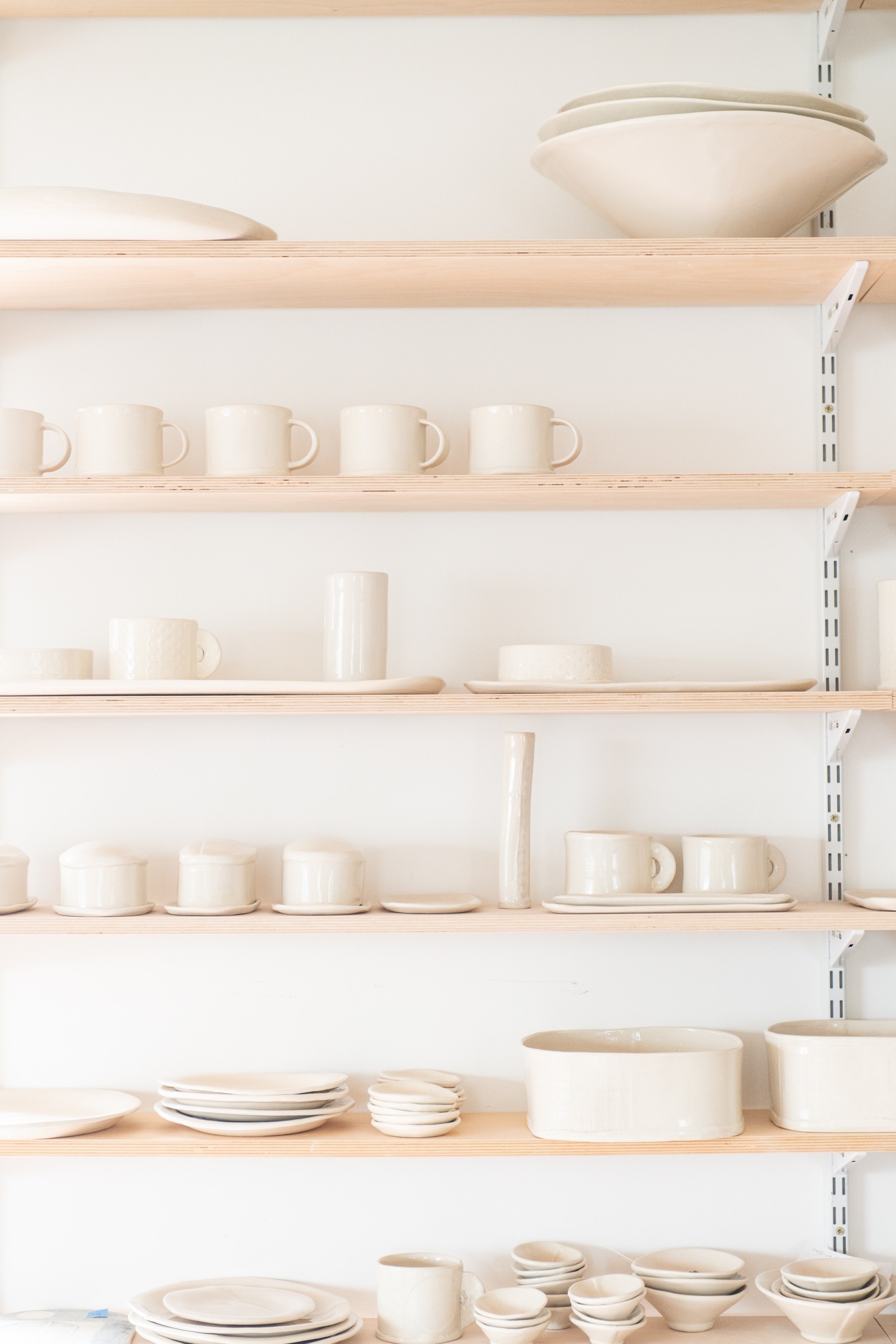
Awesome – so before we get into the rest of our questions, can you briefly introduce yourself to our readers.
Hi, I’m Mimi, the clay artist and business owner behind SOFTSET ceramics. I produce small batches of hand-built utilitarian wares, glazed and fired to high temperatures to be durable for daily use. The SOFTSET name and brand has layers of meaning. It is the idea that while each piece is unique, the items are meant to intersect, nest, or stack to keep each other company like relatives or friends. There’s a practical aspect this serves as they are easy to use and to put away. There’s a design reason: visual conversations. My aesthetic preferences are sparse, elegant, and slightly organic. The combination of a soft white clay body and clear glaze, limited marks, and repetition of the seam is designed to encourage touch and handling. This is grounding. There is also a conceptual invitation: SOFTSET ceramics evokes softness, simplicity, generosity, and beauty for collectors. We are a part of the collections we curate. When we live with and use art objects, we connect with them.

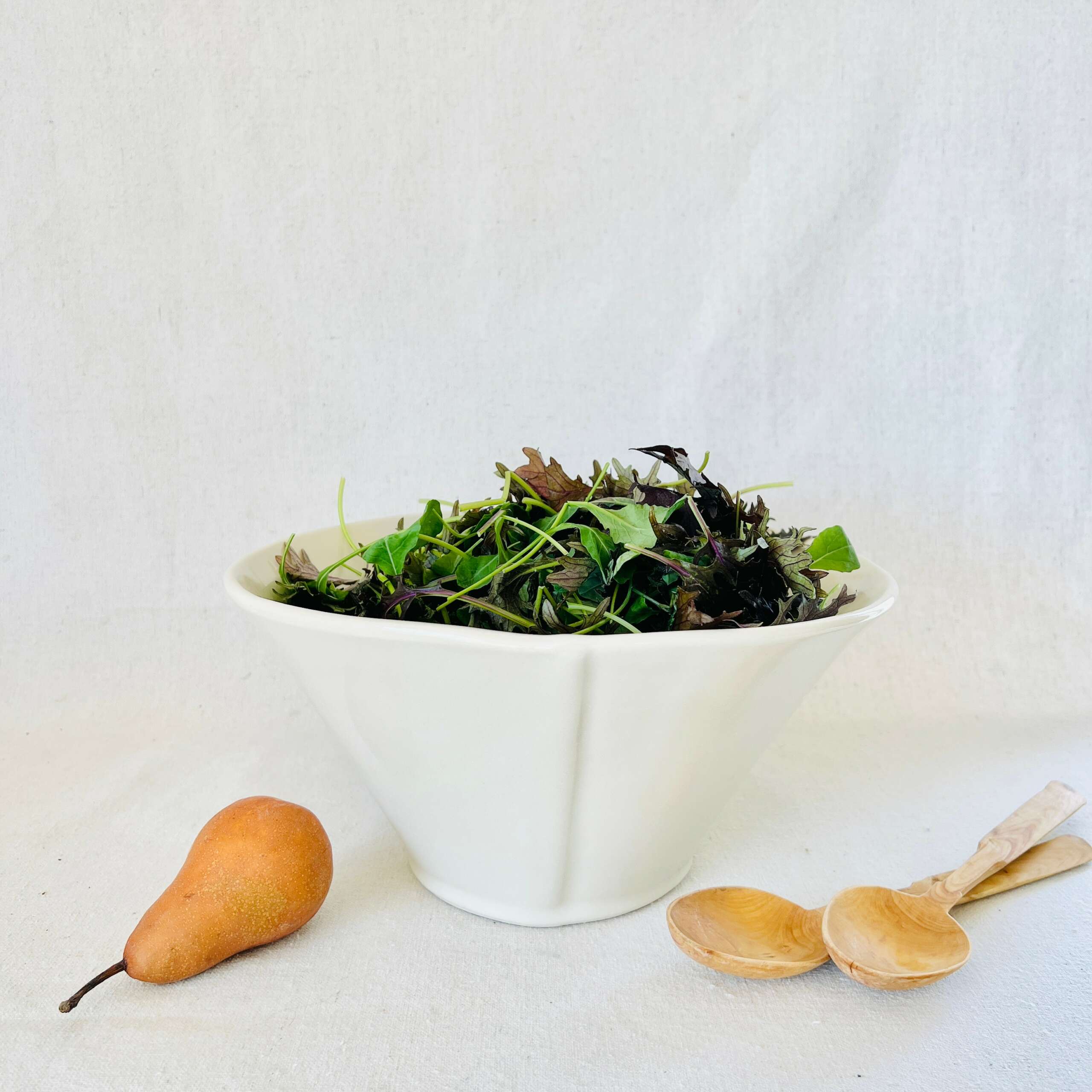
What’s the most rewarding aspect of being a creative in your experience?
The most rewarding part of being an artist is seeing my work out in the world and hearing back from happy customers. Creating is a solitary, insular process. I feel all sorts of things while I am working in the studio. Sometimes, I’m just focused on the process of making; other times, I think about the expressive qualities of my designs, and when pieces come through the second firing, glazed and unflawed, I feel a sense of satisfaction. But when I see my work out on display in a gallery, in-service at a restaurant, or when a contented customer shares a photograph or a vase with flowers, I feel pride and joy. The work must be out of the studio and into the collections of admirers to be realized. I am happiest when what I have made is enjoyed by others.
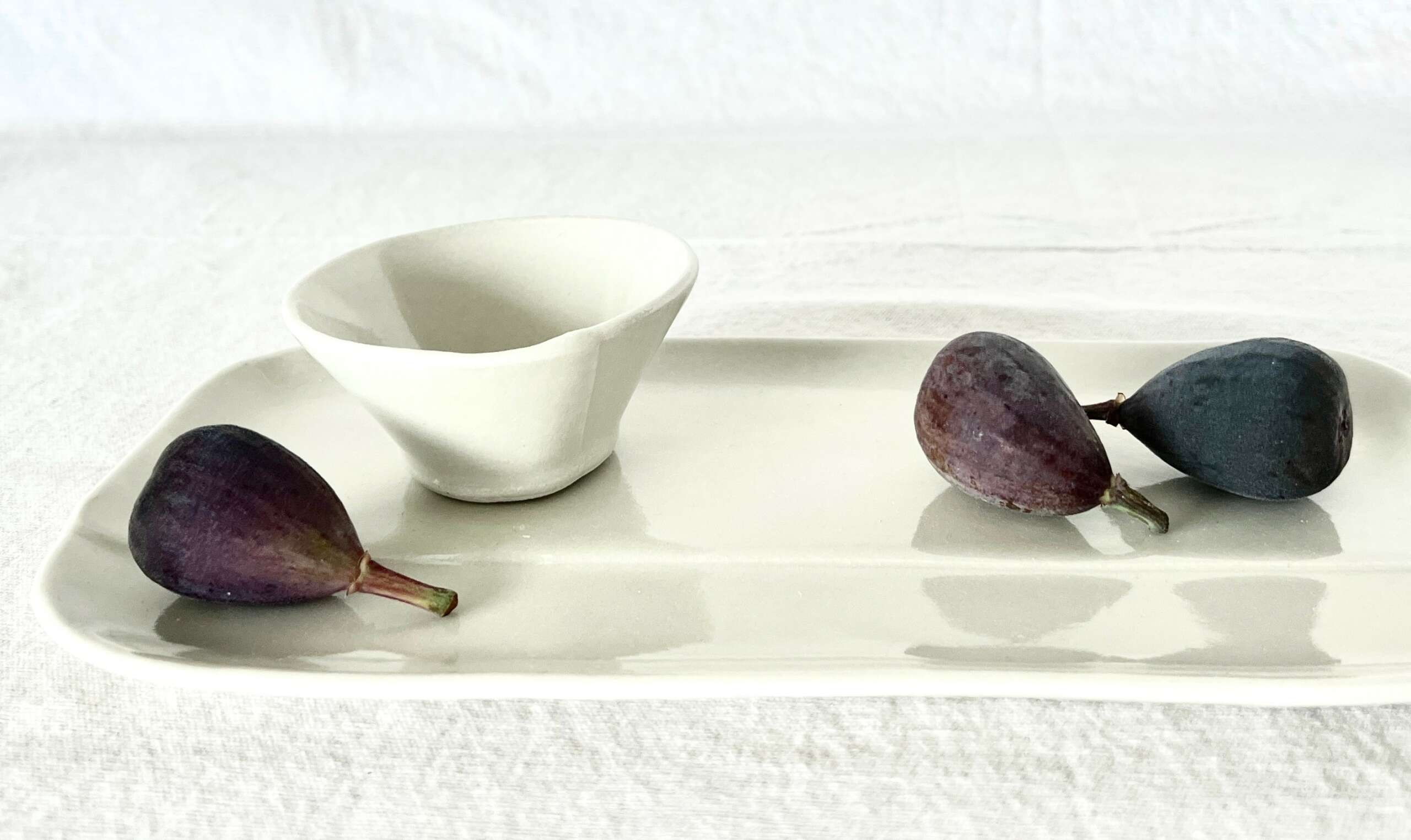
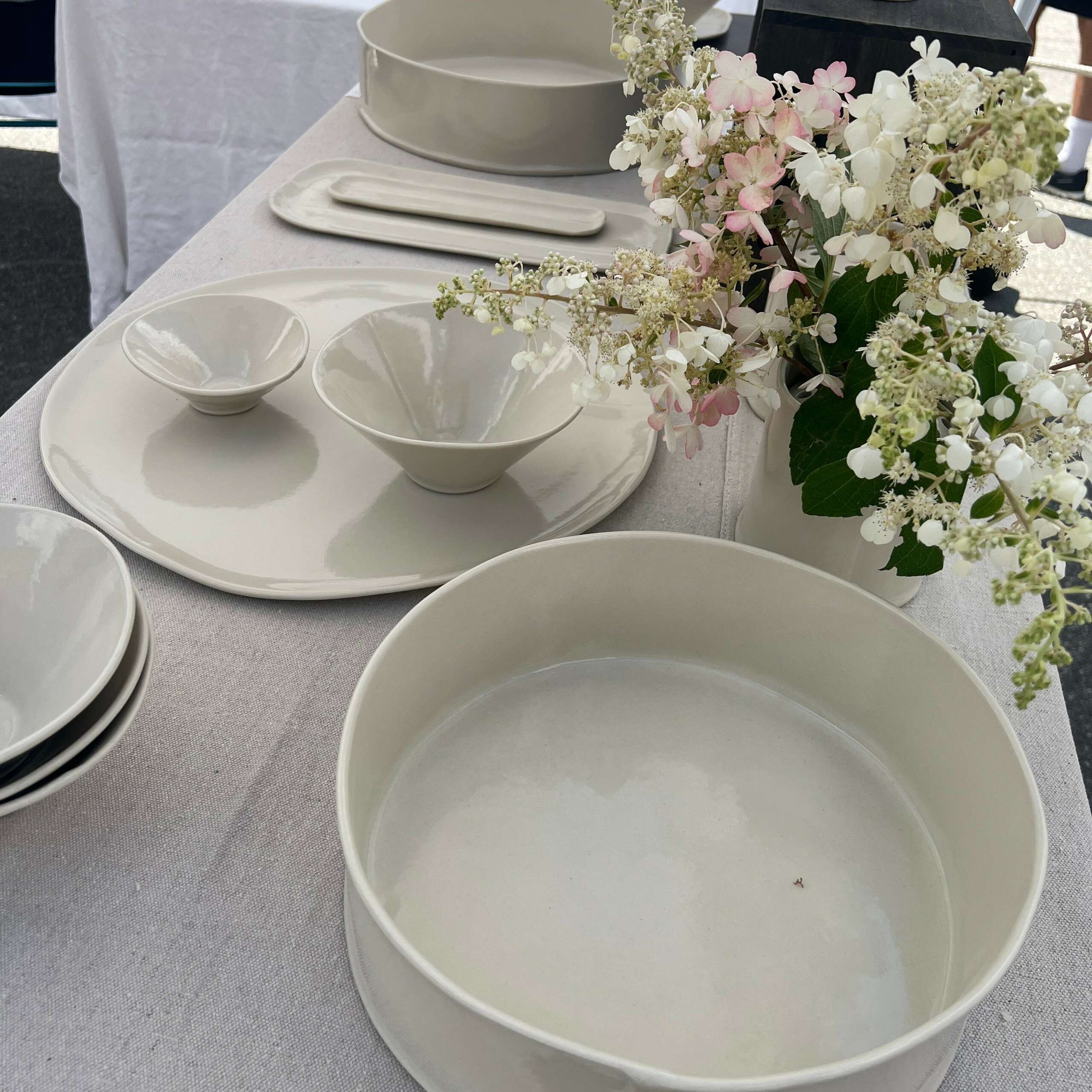
Is there mission driving your creative journey?
SOFTSET has so many meanings; it’s an unfolding process of discovering how well it suits my work and mission as a business. As I began, I wanted to create a body of work that held together visually. The style of the forms speaks the same language, with just a hint of organic line softening corners and rims. The clear glaze on the warm, bone-white clay is simple. It pairs well with endless combinations of colorful foods and home design styles. The lines within the SOFTSET brand are easy to mix and match, but they also make beautiful accent pieces amidst eclectic collections.
SOFT also describes a narrative quality in my pottery. American Buddhist teacher, Roshi Joan Halifax asks, ” How can we give and accept care with strong-back, soft front compassion, moving past fear into a place of genuine tenderness?” I wonder how I ask this in my ceramics studio as well as in my daily life? When a piece has a strong base and upright walls, I run my finger over the seam to soften it. The front and backsides of a rim lean towards each other, because I coaxed them together into a softened edge. In making these design decisions, I invite a softness to my work that I imagine makes it approachable. And while the color and textures are subtle, I like how the forms encourage a little more tenderness as they are handled. And these wares can handel a fair beating up! My family and I put them to work in our busy house. We accidentally bump them on the counter. We run them through the dishwasher, and they don’t mind! I like to think they have a strong back. I love this idea that Roshi Joan offers. Strong back, soft front: the strength to allow tenderness in over and over.

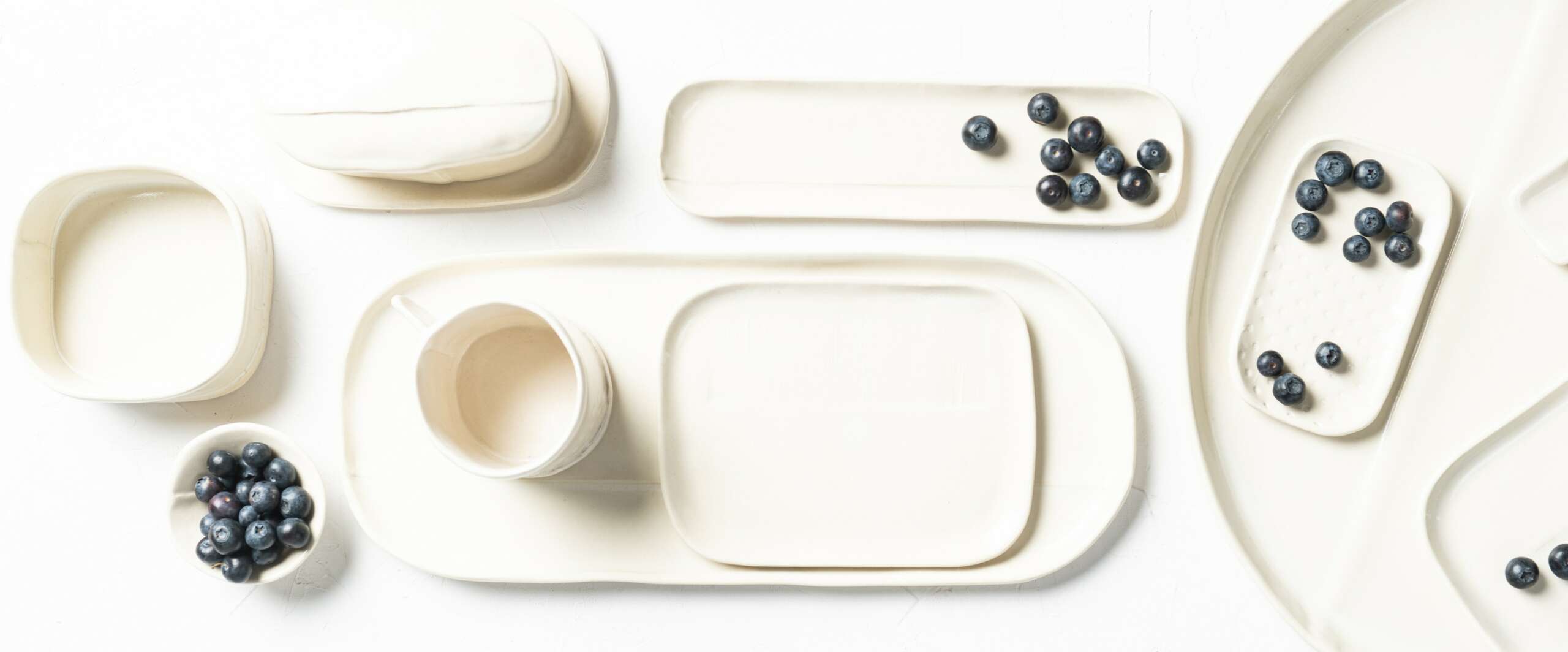
Contact Info:
- Website: https://www.softsetceramics.com/
- Instagram: @softsetceramics
- Facebook: softsetceramics
Image Credits
photos by Winky Lewis and Mimi Olins


